Text
This is such a cruel thing to live, and yet the outpour of love, care, and the sheer resilience and courage shown every day is nothing short of amazing. A daily heartbreak, and a daily wonder. I will not get through this unchanged. Whatever happens, will be life-changing.
Getting ready for the absolute worst, I'm already devastated. Please keep my family in your thoughts and prayers 💔🙏
10 notes
·
View notes
Text
Getting ready for the absolute worst, I'm already devastated. Please keep my family in your thoughts and prayers 💔🙏
10 notes
·
View notes
Text
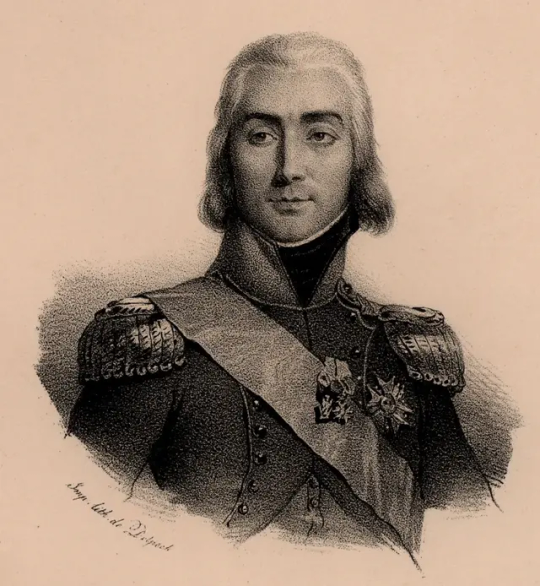
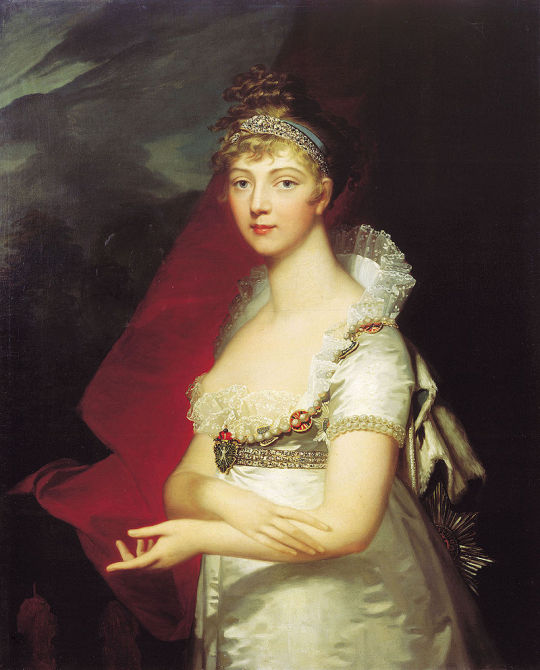
Jean-Baptiste Bessières
"Jean-Bap is the closest thing we have to a cool brooding white haired anime pretty boy here, okay? He knew the powdered hair look was a classic that made him Look Good and didn’t give into the mainstream when everyone else ditched the floppy locks and pomade. And he was a regular ice queen who still had a reputation for kindness and passion, a real kuudere as the animeheads would put it, you know in private when that ice is melted he’s got some real fire going on. He’s got genuine chivalry and politeness going on unlike a bunch of these other rough losers, and Napoleon himself compared him to the good knight Chevalier de Bayard. So vote for our sexy ice queen JB!”
Elizabeth Alexeievna
a. “Pushkin had a crush on her. She was called Psyche to Alexander's Cupid and, according to the Romanovs themselves, the most beautiful (and the most unhappy) of Russian Empresses. Noted at the Congress of Vienna for her beauty and elegance, and habitually referred to as an angel.”
70 notes
·
View notes
Text
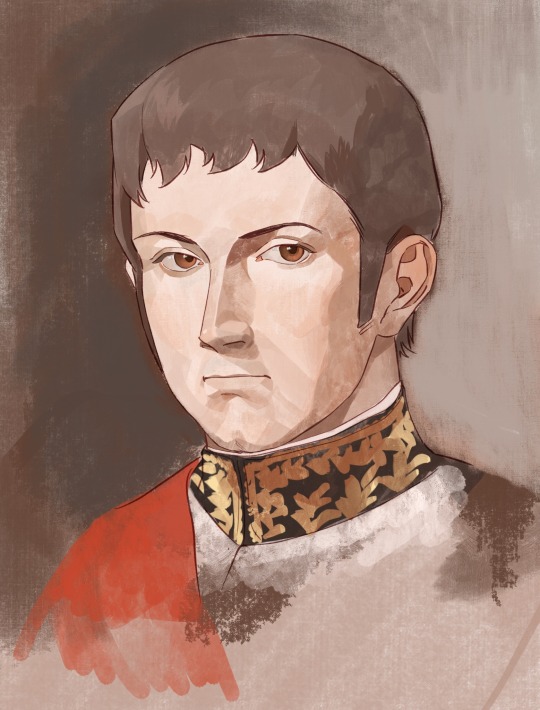
rkgk(苏尔特的长相真是扑朔迷离)。
73 notes
·
View notes
Text


• Dress.
Design House: House of Worth (French, 1858–1956)
Date: ca. 1898
Culture: French
2K notes
·
View notes
Text
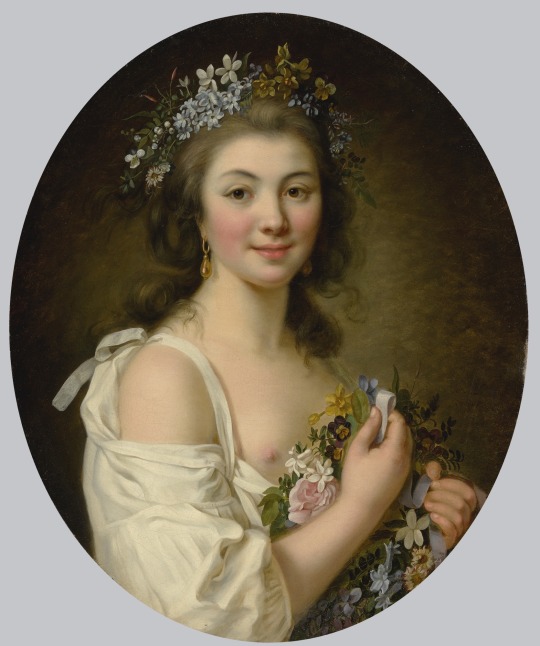
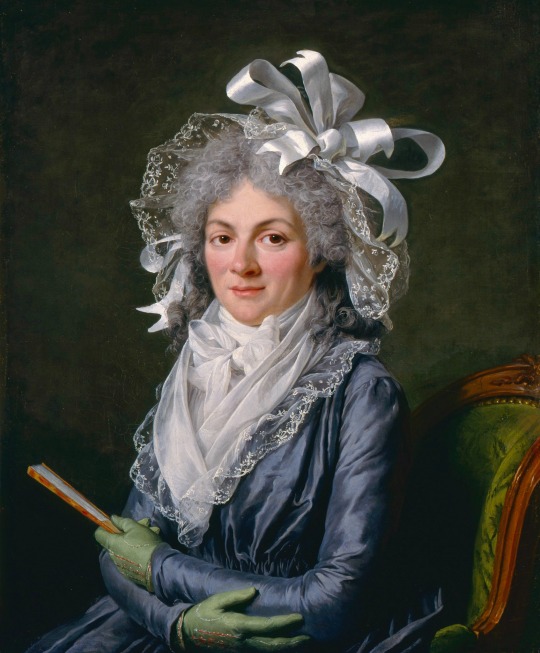
Stéphanie Félicité, Marquise de Sillery, Comtesse de Genlis (25 January 1746 — 31 December 1830)
Madame de Genlis was a French writer who maintained a long correspondence with Napoleon and was on the government’s payroll from 1801 to 1814. There is a lot of debate about the nature of the correspondence. Some contemporaries and historians believe she was Napoleon’s spy.
Lady Morgan asked Madame de Genlis about this:
“Buonaparte,” she said, “was extremely liberal to literary people — a pension of four thousand francs, per annum, was assigned to all authors and gens-de-lettres, whose circumstances admitted of their acceptance of such a gratuity. He gave me, however, six thousand, and a suite of apartments at the Arsenal. As I had never spoken to him, never had any intercourse with him whatever, I was struck with this liberality, and asked him what he expected I should do to merit it? When the question was put to Napoleon, he replied carelessly, ‘Let Madame de Genlis write me a letter once a month.’ As no subject was dictated, I chose literature, but I always abstained from politics.”
Source: France, Lady Morgan, published 1817, p. 360
An outline of her life and career can be read in Destins de Femmes, French Women Writers, 1750-1850 by John Claiborne Isbell, (published 2023).
45 notes
·
View notes
Photo


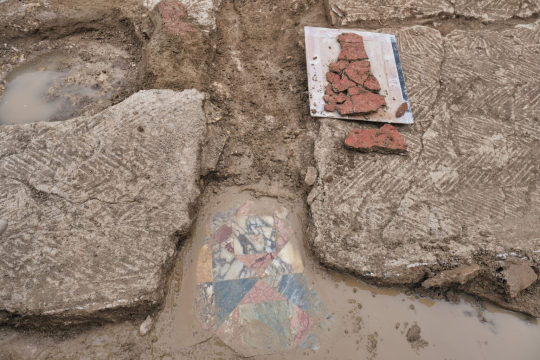
Developers of an apartment building in Nîmes, France, had to halt construction last month when archaeologists discovered an opulent tiled floor that once blanketed a Roman villa, or domu. Dating back to 1-2 A.D., the checkered design is comprised of marble from many imperial provinces that’s inlaid into the foundation, a style called opus sectile that was prevalent during ancient times. Spanning multiple feet, the multi-colored pattern is thought to occupy what once was a reception area.
https://www.thisiscolossal.com/2021/03/roman-marble-floor/
149 notes
·
View notes
Photo

Paysage avec un muret de pierre et le village d'Aubrac au loin, 1999.
“Assigning this village a location is difficult for “It straddles three départements (Cantal, Aveyron and Lozère) and three régions (Auvergne, Midi-Pyrénées and Languedoc-Roussillon).” (This Wikipedia entry is a bit out of date, for Languedoc-Roussillon is now Occitanie.)
28 notes
·
View notes
Photo


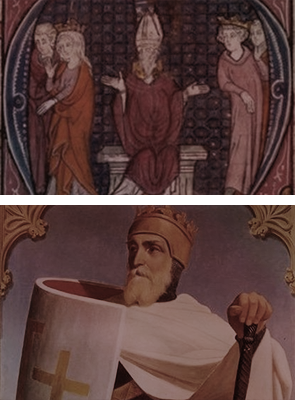

WOMEN’S HISTORY † AGNÈS DE COURTENAY (c. 1136 – c. 1184)
Agnès de Courtenay was the daughter of Josselin II de Courtenay, comte d'Édesse and Béatrice de Saône. In 1144, Edessa was besieged by Imad ad-Din Zengi, the ataberg of Mosul and Aleppo and finally captured on December 24 of that year and her father was captured, blinded, and imprisoned in Aleppo. Béatrice sold what remained of their domains to the Byzantines and took Agnès and her brother, Josselin III, back to Saône. At some point, Agnès married Renaud, seigneur de Marach, but he died in battle in 1149. Afterwards, Agnès was betrothed to Hugues d'Ibelin, but he was captured in battle.
In 1157, Agnès married again to Amaury, comte de Jaffa, the younger of the two sons of Foulques V d'Anjou and Mélisende de Jérusalem. According to Lignages d'Outremer, their marriage occured after Agnès was abducted by Amaury. Either way, Agnès had two children with Amaury: a son, Baudouin and a daughter, Sibylle. Queen Mélisende died in 1161 and Amaury’s older brother, Baudouin III, he died as well in 1162. He had no children, so the throne was to pass to Amaury. Amaury and Agnès’ marriage then came under attack. With Edessa still in the hands of the Zengids, she had no political value. It is also possible that her betrothal to Hugues d'Ibelin had actually been a marriage. The chronicler Guillaume de Tyr later implied that the reason was because Agnès was a harlot, but he was personally hostile to her. Such an explanination also ignores the fact she had no trouble remarrying to other men, which would have been unlikely if her reputation was as bad as all that. Amaury and Agnès’ marriage was annulled, though their children were declared legitimate and he remarried to Maria Komnēnē.
Afterwards, Agnès left court and had no influence in her children’s lives. She married Hugues d'Ibelin in 1163, but had no children by him. He died sometime between 1169 and 1170 and then Agnès married a final time to Renaud Granier, seigneur de Sidon. Amaury died in 1174, leaving Agnès’ young son, Baudouin IV, as king. Baudouin had been infected with leprosy as a child and was not expected to live long nor father any children. Raymond III de Tripoli¹ served as regent for the young Baudouin with the support of Agnès and her fourth husband. Though they’d previously had no real relationship with each other, Agnès came into conflict with Maria Komnēnē, who wanted to see her daughter, Isabelle, as Baudouin’s heir.
In 1176, Baudouin arranged for Sibylle to marry Guglielmo Lungaspada degli Aleramici di Monferrato. He lived long enough to impregnate Sibylle before dying from malaria. Shortly after Philippe d'Alsace arrived in Outremer and demanded that he be recognized as regent as the closest male relative of Foulques V d'Anjou² present and that Sibylle and Isabelle marry his vassals. His attempted power grab failed and Baudouin shortly after came of age. In 1180, Agnès appointed Eraclius, Archbishop of Caesarea the Latin Patriarch of Jerusalem. This is most likely the source of Willelmus Tyrensis’ grudge against her. The Old French Continuation of Willelmus Tyrensis (written about a century after the fact) claimed that she was having an affair with Eraclius. The Chronicle of Ernoul also claims that Agnès had an affair with the Potievin knight, Aimery de Lusignan, after having him appointed Constable of Jerusalem. Both are probably untrue; while Agnès supported Eraclius and Aimery politically, that is not the same thing as having sex with them.
In 1180, Baudouin arranged for Sibylle to marry Guy de Lusignan, the younger brother of Aimery. Though the Old French Continuation of Willelmus Tyrensis claims that Agnès was responsible for Sibylle’s marriage , it’s more likely that Baudouin was thinking politically. Guy and Aimery were both vassals of Baudouin’s wealthy Plantagenet cousins, who had every reason to want to keep the Lusignan brothers overseas and furthemore, Henry II of England had promised to take a pilgrimage to the Holy Land as peintence for his involvement in the murder of Thomas Becket. Guy de Lusignan turned out to be a disappointment in virtually every way however. He allowed Renaud de Châtillon to attack trade caravans and proved to be an ineffective military leader. Baudouin then chose to remove Guy as regent and appointed Sibylle’s young son by her first husband, Baudouinet, as his heir. By this point, Agnès was in ill health and retired from court. She died sometime in 1184. After her death, her widower remarried to Helvis d'Ibelin, the daughter of Maria Komnēnē and her second husband, Balian d'Ibelin.
Agnès has not fared well in historical fiction. Taking the claims of Guillaume de Tyr, Old French Continuation of Willelmus Tyrensis and Chronicle of Ernoul at face value (the latter two of which suffer horribly from hindsight bias), most authors consistently depict her as stupid, promiscuous, ugly, and singularly responsible for the downfall of Jerusalem.
¹ Son of Raymond II de Tripoli and Hodierne de Jérusalem.
² Philippe was the son of Sibylle d’Anjou.
27 notes
·
View notes
Photo

Madame Louison
Woman’s Hat, c. 1910
Plaited straw, metallic lace, silk velvet ribbon, and ostrich and egret feathers
This extravagant summer hat is made from meticulously plaited braids of straw that have been sewn together in a spiral. High quality straw generally came from Italy, although England was also an important supplier of straw for the Paris millinery trade. Here, designer Madam Louison trimmed her hat with ostrich and egret plumes dyed rust-orange, a color echoed in the dyed straw on the underside of the hat.
Degas, Impressionism, and the Paris Millinery Trade
St. Louis Art Museum
115 notes
·
View notes
Text
The first of what will probably be many posts translating Napoleon's letters to Murat (a project made infinitely easier thanks to the Fondation Napoléon's recent online publication of Napoleon's entire correspondence).
80 notes
·
View notes
Text

Château de Vaux-le-Vicomte - FRANCE
86 notes
·
View notes
Photo

Beast of Gévaudan
In the mid 18th century women and children were found torn apart, dismembered, or decapitated in the quiet French province of Gévaudan. These were the first of nearly a hundred attacks perpetrated by a mysterious animal dubbed as the Beast of Gévaudan.
From 1764 to 1767, in the historical region of Gévaudan, located in southern France, and in adjacent areas, about one hundred children, youths, and women were killed by a so-called “Beast”. Numerous other humans survived the attacks, many of them seriously injured. The series of attacks has been confirmed by a great variety of historical documents and is not called into question by scientists.
Historians claim that wolves, or a hybrid of a wolf and a domestic dog, had attacked the victims; the “hybrid-assumption” is based on the description of a canid, shot in June 1767, that was said to have strange morphological characteristics. However, a critical evaluation of historical texts, including the publications of the French abbots François Fabre and Pierre Pourcher, revealed that neither this animal, nor any other wolf killed in Gévaudan, had anything to do with the attacks of the Beast.
Descriptions of the time vary, and reports may have been greatly exaggerated due to public hysteria, but the Beast was generally described as a wolf-like canine with a tall, lean frame capable of taking great strides. It had an elongated head similar to that of a greyhound, with a flattened snout, pointed ears, and a wide mouth sitting atop a broad chest. The Beast’s tail was also said to have been notably longer than a wolf’s, with a tuft at the end. The Beast’s fur was described as tawny or russet in colour but its back was streaked with black and a white heart-shaped pattern was noted on its underbelly.
About 95 percent of the carnivore attacks on humans in Gévaudan during the years 1764 to 1767 can be attributed to that single animal that was referred to as la bête: The Beast. There is no doubt that the remaining attacks were executed by rabid and non-rabid wolves. Wolves were a common species at that time and therefore easily recognized by the rural population.
The Beast of Gévaudan committed its first recorded attack in the early summer of 1764. A young woman named Marie Jeanne Valet, who was tending cattle in the Mercoire forest near the town of Langogne in the eastern part of Gévaudan, saw the Beast come at her. However, the bulls in the herd charged the Beast, keeping it at bay. They then drove it off after it attacked a second time. Shortly afterwards the first official victim of the Beast was recorded: 14-year-old Janne Boulet was killed near the village of Les Hubacs near Langogne.
Throughout the remainder of 1764, more attacks were reported across the region. Very soon terror gripped the populace because the Beast was repeatedly preying on lone men, women, and children as they tended livestock in the forests around Gévaudan. Reports note that the Beast seemed only to target the victim’s head or neck regions.
On January 12, 1765, Jacques Portefaix and seven friends were attacked by the Beast. After several attacks, they drove it away by staying grouped together. The encounter eventually came to the attention of King Louis XV, who awarded 300 livres to Portefaix and another 350 livres to be shared among his companions. The livre was the currency of Kingdom of France and its predecessor state of West Francia from 781 to 1794. The king also directed that Portefaix be educated at the state’s expense. He then decreed that the French state would help find and kill the Beast.
The killing of the creature that eventually marked the end of the attacks is credited to a local hunter named Jean Chastel, who shot it at the slopes of Mont Mouchet, now called la Sogne d’Auvers, during a hunt organized by a local nobleman, the Marquis d’Apchier, on June 19, 1767.
#xviii#la bête du gévaudan#crazy shit that happened#and that one is only the most famous of our man-eating beasts#anyway#still not sure what truly happened though i researched a little
64 notes
·
View notes
Photo
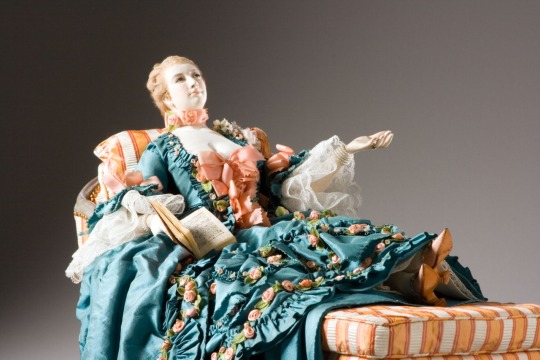
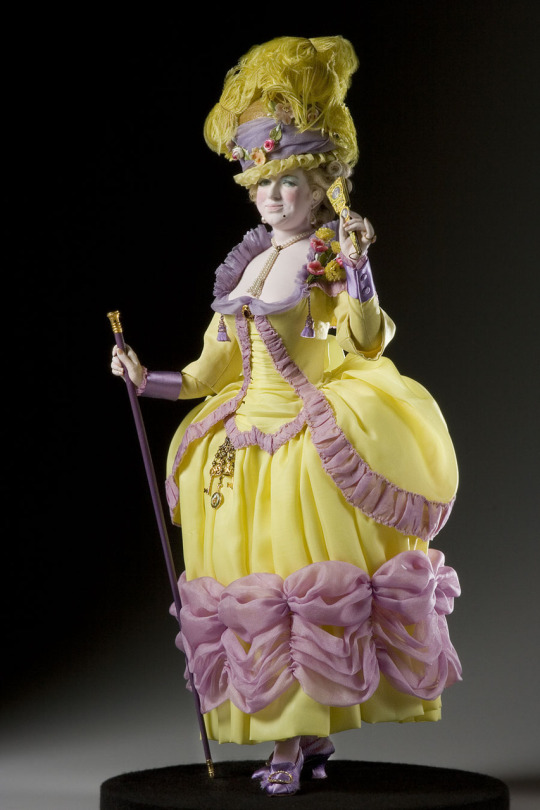

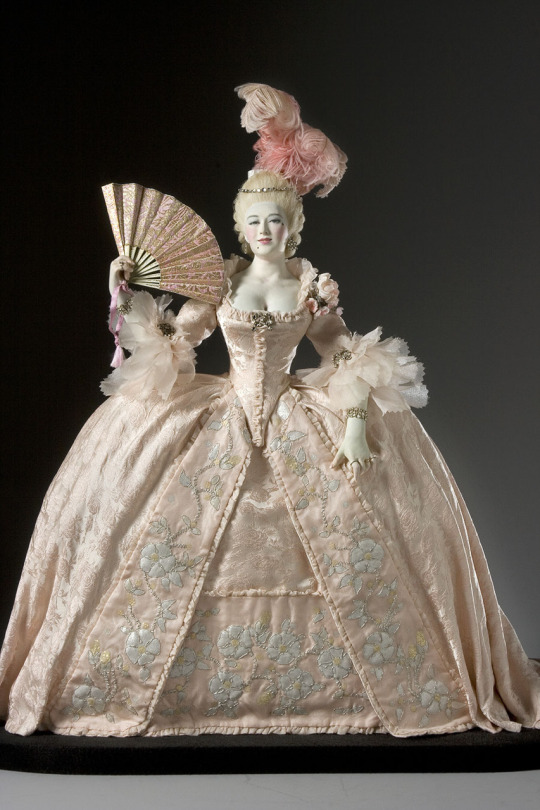






Ladies of French history by George S. Stuart
70 notes
·
View notes
Text

Hersend (fl. 1249-1259) was a physician known for accompanying King Louis IX of France on the Seventh Crusade.
A skilled and trusted doctor
The document mentioning Hersend calls her magistra (the feminine form of magister, "master" or "teacher" in Latin), which could mean that she was university educated. This would be surprising since women technically couldn't attend universities at that time.
Hersend was a valued member of the royal household. A royal act dating from August 1250 promises her a lifelong pension of twelve Parisians deniers a day. Even if it can’t be known if she was the king’s personal physician, she likely took care of him during the expedition. Since Queen Margaret of Provence gave birth in 1250, Hersend could also have acted as a midwife.
Going back home
Hersend survived the dangers of the crusade (which saw the king captured and ransomed). She returned to Paris at the end of 1250, married an apothecary named Jacques and continued practice her profession. They bought a house together in 1259. Hersend was likely dead by 1299 and her house was bought by lady Pétronille, apothecary to the King of France.
Further reading:
"Hersende" - Les guerriers du Moyen-Âge
Kostick Conor, The Crusades and the Near East - Cultural histories
Le Goff Jacques, Saint Louis
Whaley L., Women and the Practice of Medical Care in Early Modern Europe, 1400-1800
36 notes
·
View notes
Photo

Montmorillon by Formosa Wandering on Flickr.
47 notes
·
View notes
Photo
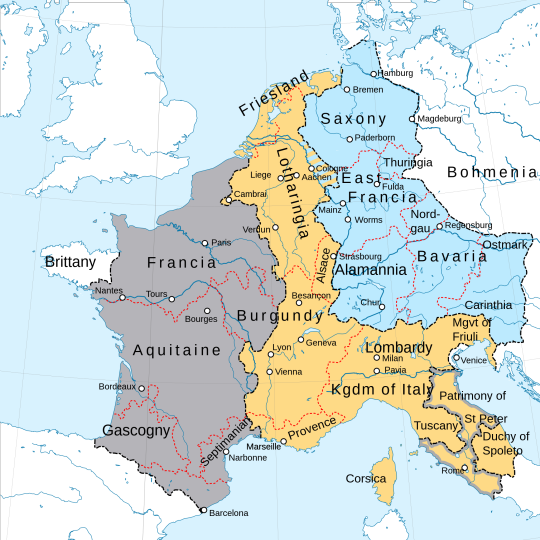
Partition of the Carolingian Empire after the Treaty of Verdun, 843
240 notes
·
View notes